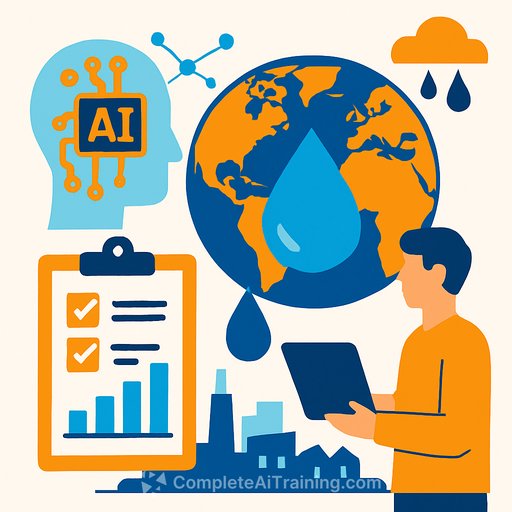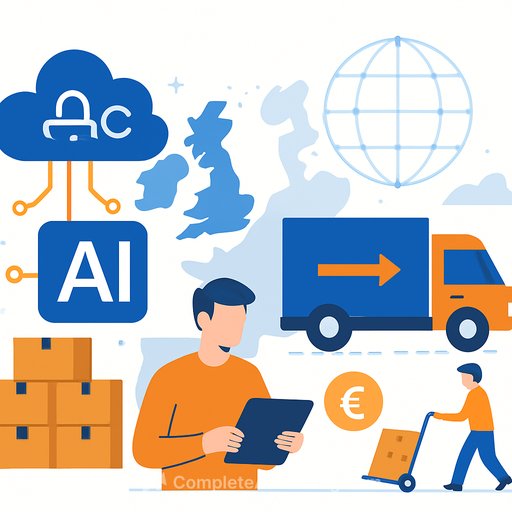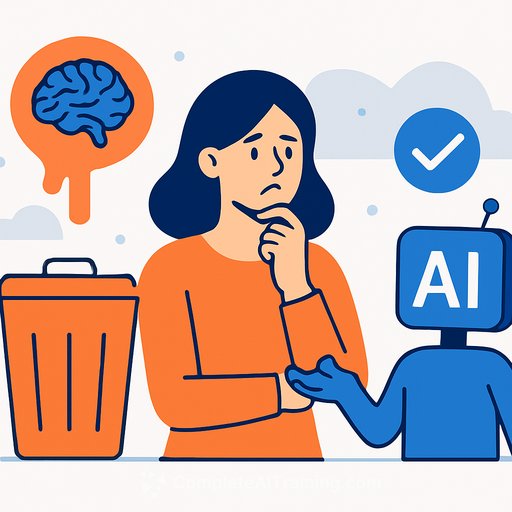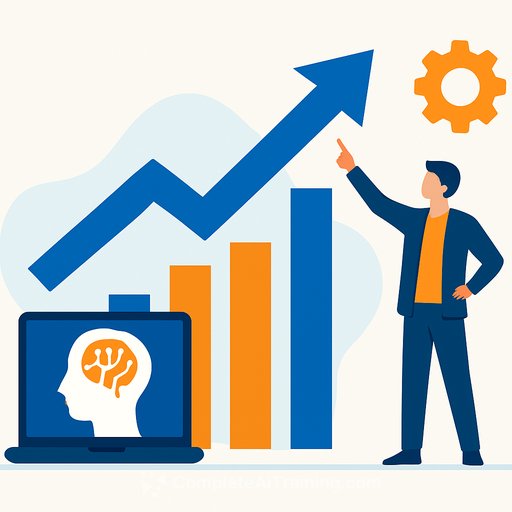Water scarcity and quality issues are pressing challenges across the globe, with places like Mexico facing significant shortages. Floods, pollution, and declining water quality are intensifying due to climate change and poor resource management. Traditional water risk management methods struggle to keep pace, often relying on slow, manual data analysis that can't adapt quickly to changing conditions.
AI-driven systems are changing this landscape by offering smarter, faster, and more precise water risk assessments. These systems process vast amounts of diverse data—from regulatory reports and scientific studies to satellite imagery and real-time monitoring—transforming how risks are identified and managed.
AI Enhances Water Risk Response
Extracting actionable insights from unstructured and multilingual data has been a major hurdle. Now, AI platforms can understand context and connect information across languages and formats. For instance, terms like “aquifer stress” in Spanish and “groundwater overdraft” in English are recognized as the same risk, providing a unified view.
AI also filters data intelligently, prioritizing relevant, recent, and credible sources. This ensures risk evaluations are precise and location-specific. Tools like Waterplan’s AI platform evaluate data based on type, origin, and relevance to deliver focused insights.
Importantly, AI-generated findings are continuously validated by experts. This blend of machine speed and human judgment reduces errors and improves confidence in the results. Waterplan’s Data Validation Tool is an example where expert-reviewed datasets verify AI outputs, speeding analysis from months down to days or hours.
Real-Time Insights for Dynamic Water Risks
Water risks change constantly due to climate variability and human impact. Static reports can quickly become outdated, but AI models update continuously as new data arrives. This dynamic approach allows for timely detection of emerging trends and rapid adaptation to new scenarios.
Waterplan’s platform integrates fresh data on groundwater, streamflow, water quality, and more, alongside novel research and official sources. This ongoing learning process improves accuracy and granularity in assessing risks across many locations.
Bridging Data Gaps in Vulnerable Areas
In many regions, reliable water data is scarce or fragmented. AI’s ability to work with non-standardized data and perform contextual searches helps fill these gaps. A study in Japan demonstrated this by using AI to predict river discharge in areas without physical gauges, achieving strong accuracy metrics.
This capability enables informed decision-making even in under-monitored watersheds, supporting resilience where it’s needed most.
AI and Human Expertise: A Collaborative Approach
AI tools are most effective when complemented by human judgment. Analysts play a key role in reviewing AI insights, providing feedback, and refining models. This collaboration ensures assessments are accurate and trusted.
By automating routine tasks and uncovering hidden patterns, AI empowers water management professionals to act swiftly and confidently. Combining advanced technology with expert oversight offers the best path to safeguarding water resources.
As water challenges grow more complex, adopting AI-driven solutions alongside human expertise will be essential for building a secure and sustainable water future.
Your membership also unlocks:






